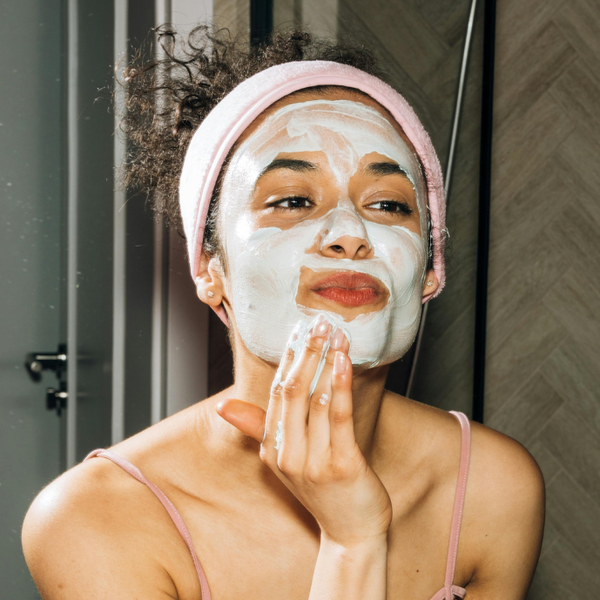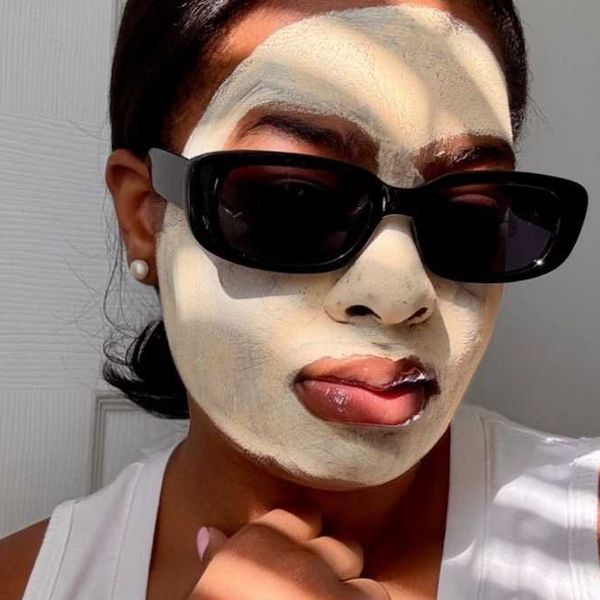An excuse to update your #shelfie
Why (and How) You Should Use a Facial Oil and a Moisturizer During Winter
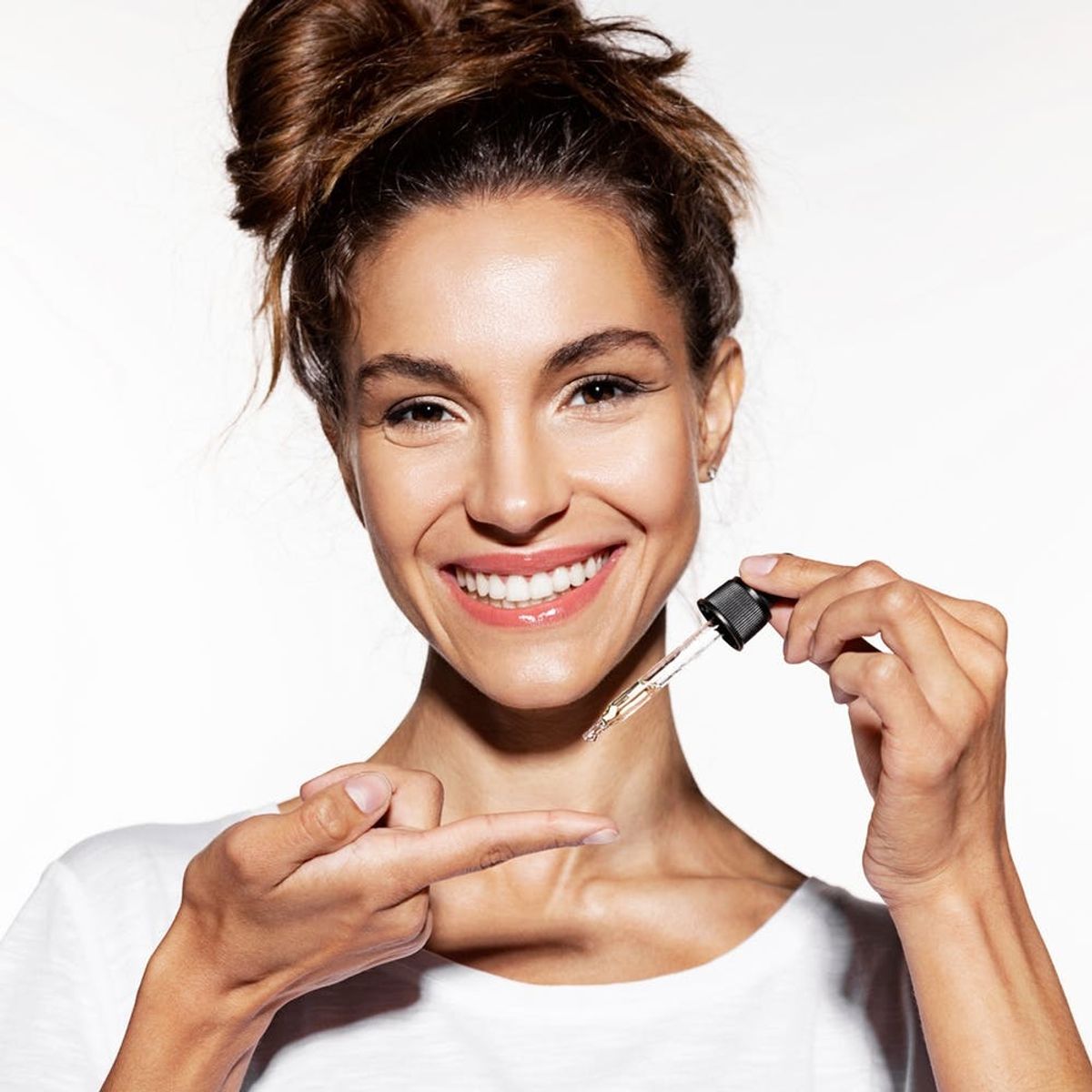
Sure, we all want a smooth, bright, wrinkle-free complexion. But during the harsh winter months, maintaining supple skin requires extra hydration to counteract the negative effects of frigid temps and artificial indoor heat. While we’ve long been told to switch to heavier moisturizers, adding a facial oil might be the reparative answer our parched skin needs. Keep scrolling to find out which ones are worth layering into your routine.
aren’t oils and moisturizers basically the same thing?
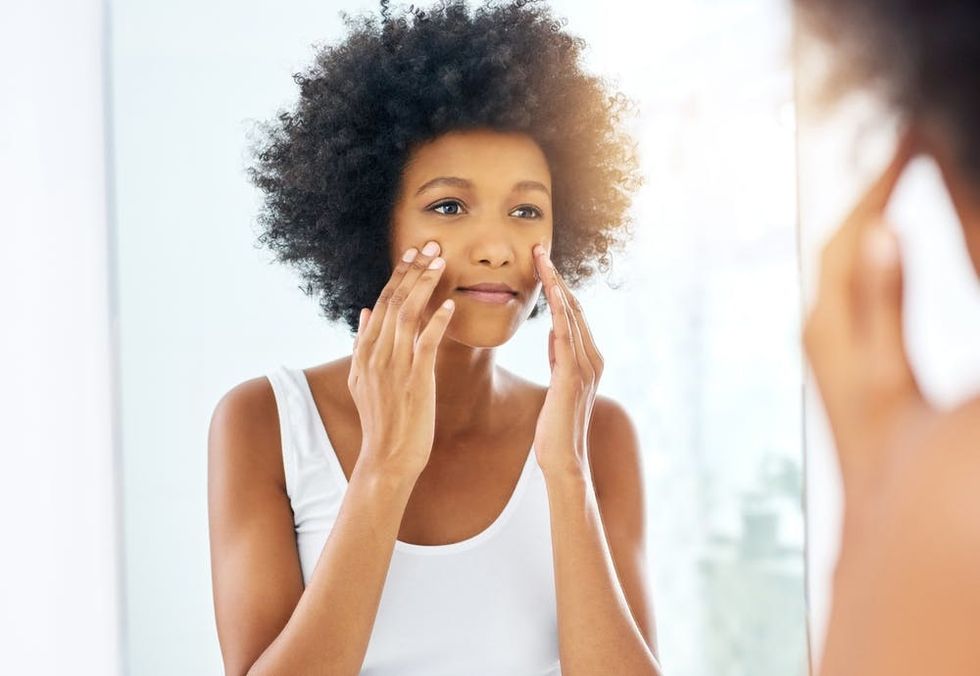
“[Cream- and lotion-based] moisturizers hydrate and protect the skin barrier with ingredients like hyaluronic acid that attract and bind water, and ceramides which replace natural lipids in the skin,” says Claire Chang, a board-certified dermatologist at Union Square Laser Dermatology in NYC. Where moisturizers sit on the surface of the skin, facial oils [including jojoba, grapeseed, argan, tea tree, and pomegranate seed] go deeper to deliver moisture from the inside out. “Facial oils are valuable because they contain active ingredients and they are lipophilic (or fat-loving) so they effectively penetrate into the dermis to trap in hydration,” Chang says. They can also bring balance to overactive oil glands. “Applying oils tricks your skin into thinking [it’s hydrated], lessening sebum production,” Shari Sperling, a board-certified dermatologist in Florham Park, NJ, says. (Photo via PeopleImages/ Getty)
Can you use both facial oils and moisturizers?

Moisturizers and facial oils are beneficial on their own, but combining them into one problem-solving skincare routine can make a world of difference for your complexion. “Using both products will help further increase hydration to the skin while also delivering a higher concentration of active ingredients, like antioxidants and anti-aging ingredients,” Chang advises. So introducing these ingredients in unison will not only bring balance to your overall skin concerns, it will also work overtime to combat dry, dull skin and the appearance of fine lines and wrinkles. (Photo via deniskomarov/ Getty)
Who should layer facial oils and moisturizers?
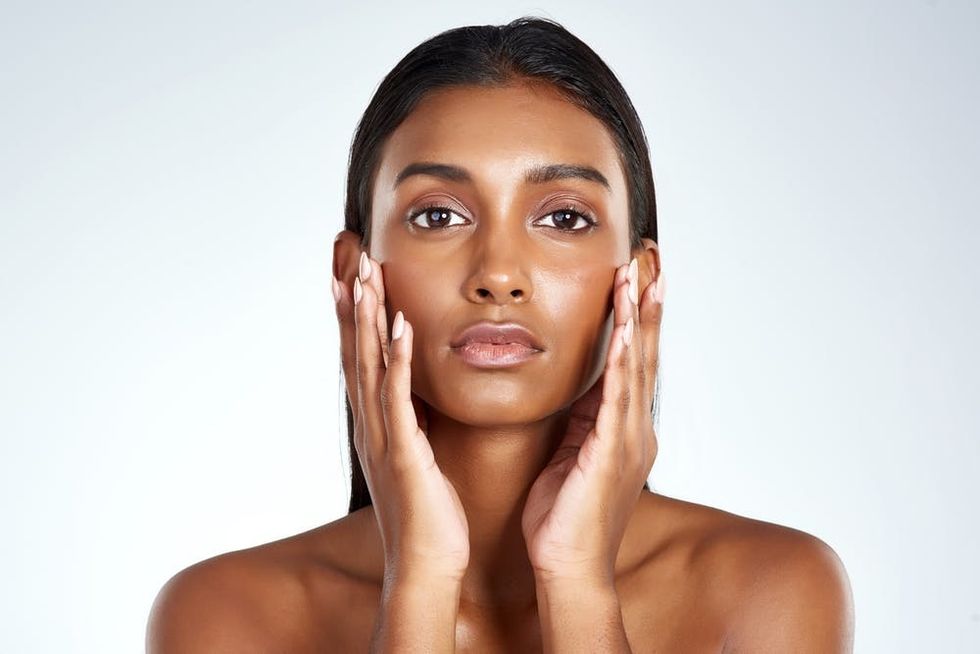
“[Drier, more mature skin types] benefit the most from applying both moisturizers and facial oils,” Chang advises, noting that layering the two powerful products helps lock in hydration and protect the severely compromised skin barriers. If your face is damaged in other ways (say, from everyday free radicals, unprotected UV exposure, or harsh anti-aging formulas), you’re also in luck. “[Combining facial oils and moisturizers is especially] helpful for skin that is being subjected to anti-acne or anti-aging products that tend to dry out the skin, like retinoids,” NYC-based board-certified dermatologist Hadley King says. (Photo via PeopleImages/ Getty)
However, some oils can make breakouts even worse if you’re acne-prone. As a general rule of thumb, Chang advises that those with more reactive skin types avoid pore-clogging oils like coconut and olive oil, as they increase the risk of irritation.
which comes first: the oil or the moisturizer?
Always start by thoroughly cleansing your skin to remove heavy makeup, dirt, and grime. Next, begin applying your products from thinnest to thickest, paying attention to the highest to the lowest concentration of ingredients. Typically this means starting with toners and serums and working your way up to moisturizers and oils. “Applying a heavier emollient/barrier layer after lighter products are added helps to seal in hydration as well as the lighter products, aiding in their absorption,” King points out. Just keep in mind that that final layer could be a facial oil or a moisturizer depending on the weight and formula. “If you are using a heavier facial oil, then apply your moisturizer first so that it can penetrate and be sealed in by the oil,” King says. “If you are using a very light oil and a heavy moisturizer, then I would recommend applying the oil first.” (Photo via PhotoAlto/Milena Boniek/ Getty)
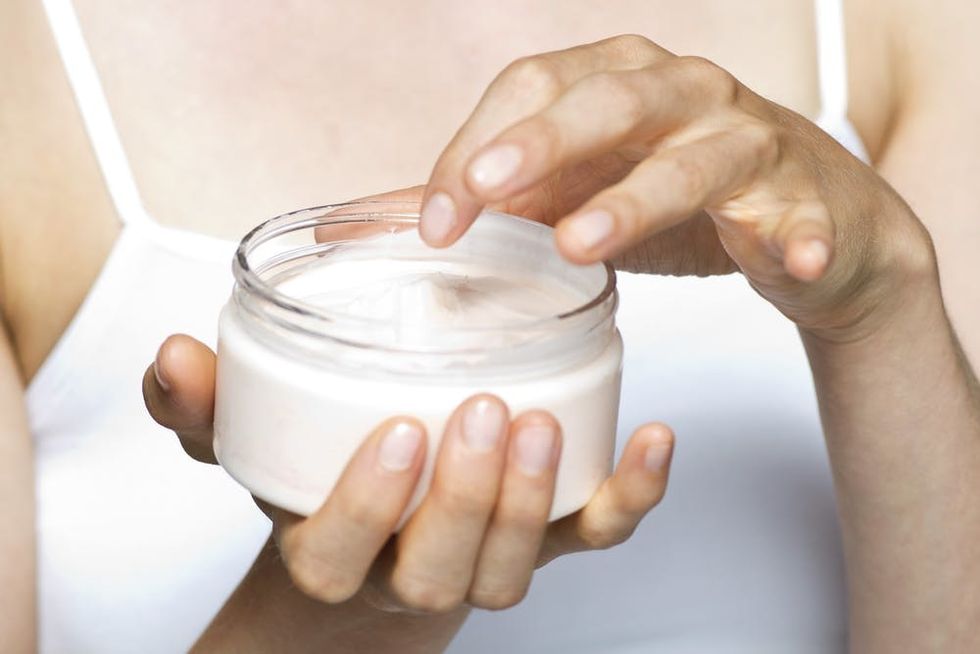
Do you have a fave moisturizer and facial oil combo? Let us know @BritandCo.

